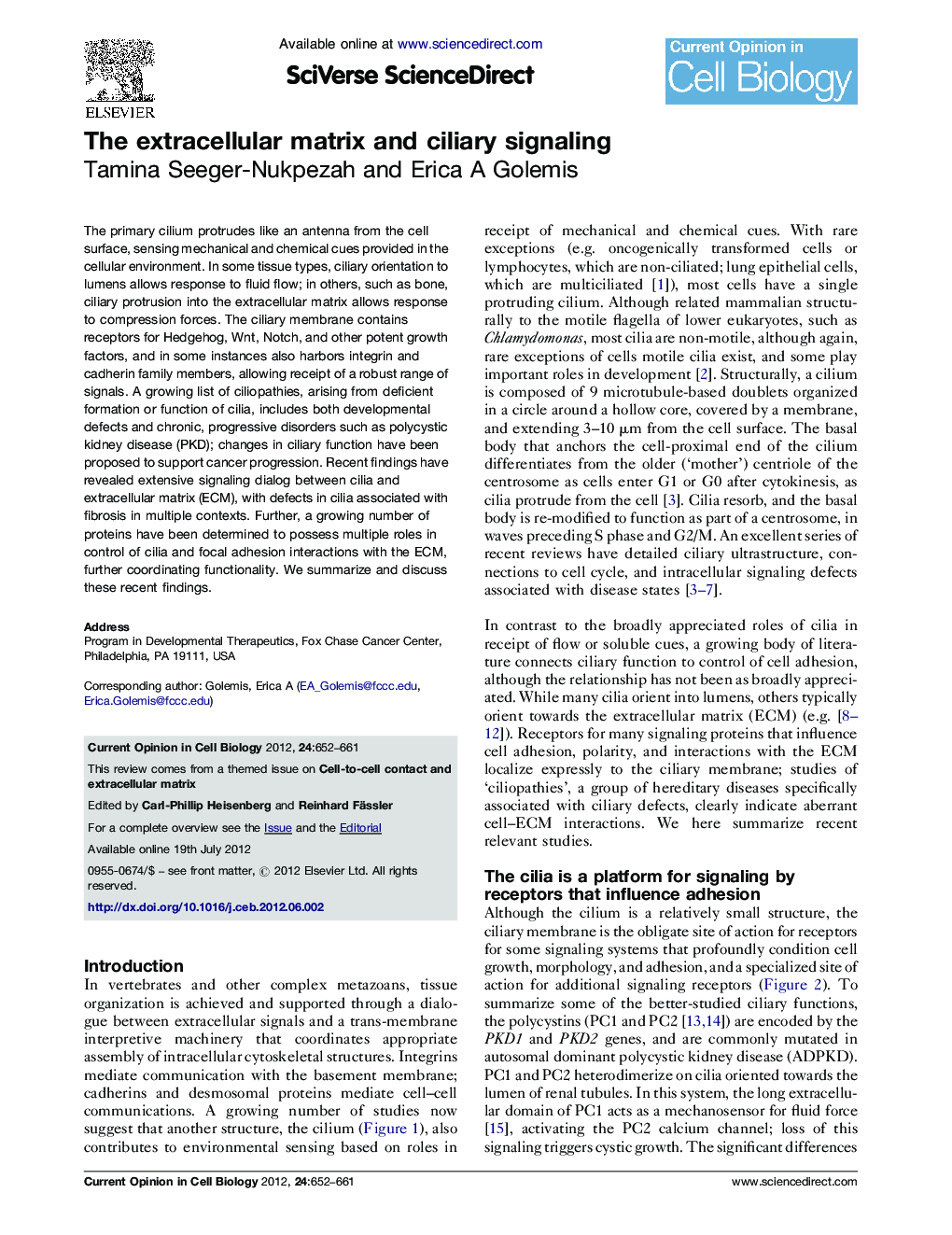| Article ID | Journal | Published Year | Pages | File Type |
|---|---|---|---|---|
| 10929190 | Current Opinion in Cell Biology | 2012 | 10 Pages |
Abstract
The primary cilium protrudes like an antenna from the cell surface, sensing mechanical and chemical cues provided in the cellular environment. In some tissue types, ciliary orientation to lumens allows response to fluid flow; in others, such as bone, ciliary protrusion into the extracellular matrix allows response to compression forces. The ciliary membrane contains receptors for Hedgehog, Wnt, Notch, and other potent growth factors, and in some instances also harbors integrin and cadherin family members, allowing receipt of a robust range of signals. A growing list of ciliopathies, arising from deficient formation or function of cilia, includes both developmental defects and chronic, progressive disorders such as polycystic kidney disease (PKD); changes in ciliary function have been proposed to support cancer progression. Recent findings have revealed extensive signaling dialog between cilia and extracellular matrix (ECM), with defects in cilia associated with fibrosis in multiple contexts. Further, a growing number of proteins have been determined to possess multiple roles in control of cilia and focal adhesion interactions with the ECM, further coordinating functionality. We summarize and discuss these recent findings.
Related Topics
Life Sciences
Biochemistry, Genetics and Molecular Biology
Cell Biology
Authors
Tamina Seeger-Nukpezah, Erica A Golemis,
